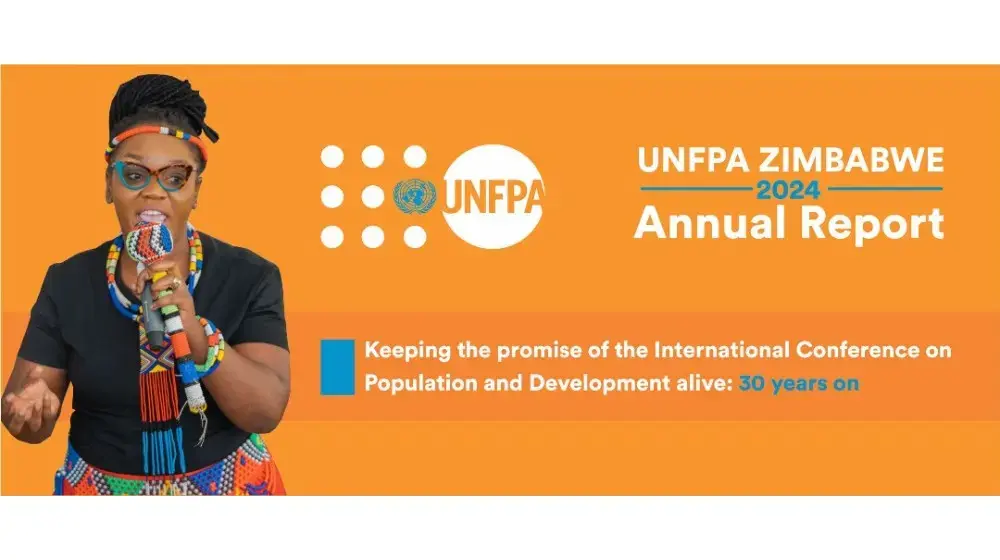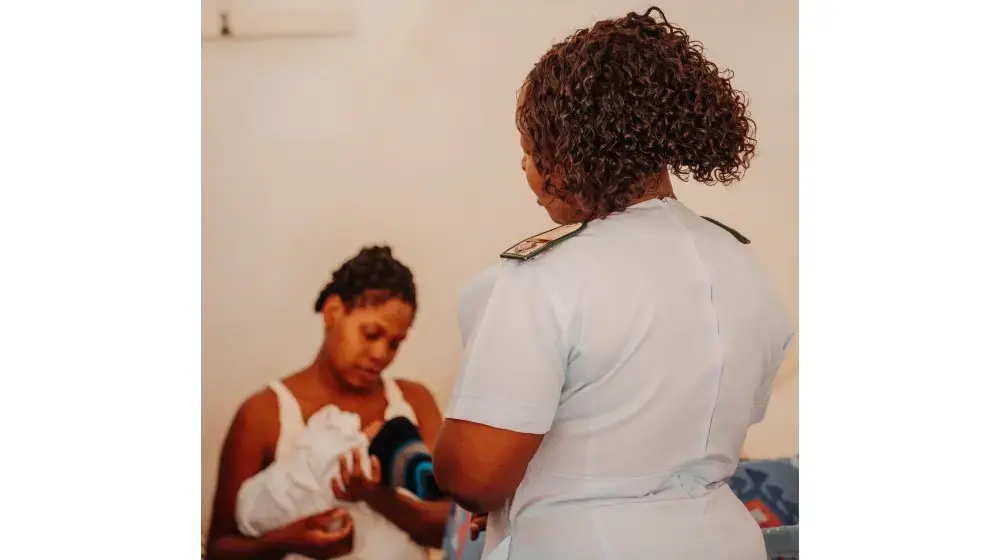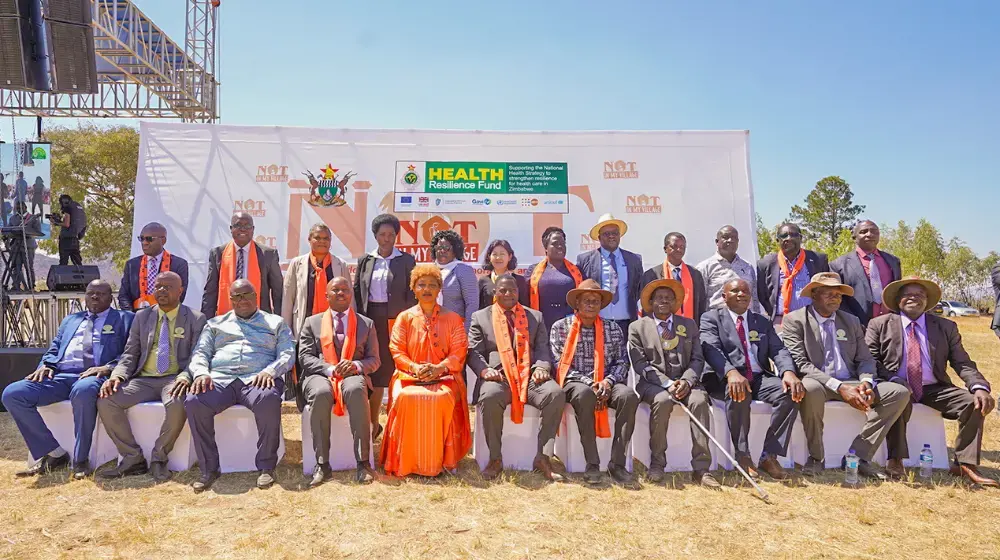Nyanga, Zimbabwe, 26 November - *Dorcas Katima, (48) slowly walks into the medical examination rooms at Nyanga District Hospital. She looks nervous but the nurse gently holds her arm and reassures her that everything will be fine. Another nurse prepares the examination bed for Katima. She manages to lift herself up onto the bed and waits for the nurse to give her the next instructions.
Katima is at Nyanga District Hospital for cervical cancer screening. She says this is her “first time, I am nervous as I do not know what the results will say but I am determined to know.” Katima resides in rural Manicaland and is one of the few women that can afford to travel to Nyanga town for medical attention. Several of her fellow women in rural Manicaland cannot afford the journey to Nyanga for medical attention, let alone to get screened for cervical cancer.
Nyanga District Hospital matron, Dorothy Toma says there is great need for services and information on cervical cancer and for screenings to be expanded to reach disadvantaged women residing far from health facilities that offer the screening services.
“Due to the urgent need for services in rural areas around Nyanga district, we have started operating mobile clinics that provide information and cervical cancer screening services for women who would not ordinarily afford to travel to the district hospital for these services,” says Toma, proudly.
“The response from the women in the districts has been overwhelming forcing us to conduct three mobile clinics per quarter of the year. When we want to go for these mobile outreach clinics for VIAC purposes, we liaise with the specific clinics or the facilities to enable them to mobilise clients.”
Matron Toma says the response from the rural women aged between 24 – 49 years has been particularly overwhelming. Toma says the mobile clinics tend to screen more clients than the 40 – 50 women per week that are attended to at Nyanga District Hospital.
Cervical cancer is one of the leading causes of death among women of reproductive age killing 1 451 women annually. Screening is one of the key measures to prevention of cervical cancer. Before 2010, cervical cancer prevention activities in Zimbabwe were very limited. Screening was mainly based on PAP smears which are relatively expensive and have a long results turn-over time due to shortages of cytologists.
Realising this gap, in 2010, UNFPA with funding from development partners, supported the Government of Zimbabwe to set up the National Cervical Cancer Screening Programme using Visual Inspection with Acetic Acid and Cervicography (VIAC), a simple method that uses house-hold vinegar for screening of cervical cancer This was initially through two pilot sites United Bulawayo Hospitals (UBH) and Masvingo Provincial Hospital. To date 105 health facilities are offering cervical cancer screening, including Nyanga District Hospital where women like Katima are receiving this life saving service. Seventeen of the sites were set up in 2017.
Since inception of the programme, a total of 452, 954 women have been screened at government health facilities. However, more needs to be done to improve treatment rates.
“While the increase in cervical cancer screening sites has been very commendable there is still a lot more that needs to be done to increase coverage of cervical cancer screening services in Zimbabwe,” says UNFPA Country Representative, Dr. Esther Muia.
“There is need to urgently strengthen treatment services for both pre-cancer and women with advanced cases of cervical cancer in the public sector.
The National Cervical Cancer Programme is being implemented with support of the Health Development Fund partners, the Governments of Britain, Ireland, Sweden and the European Union.
By Jesilyn Dendere




